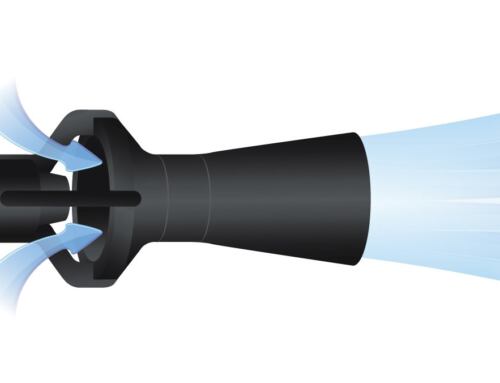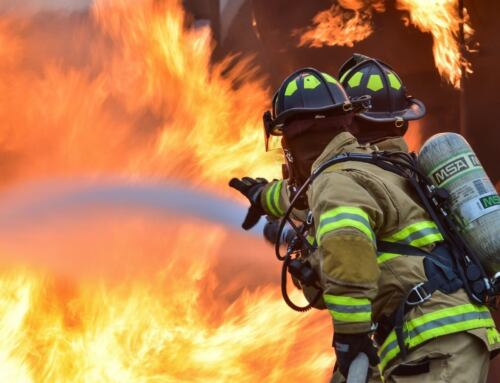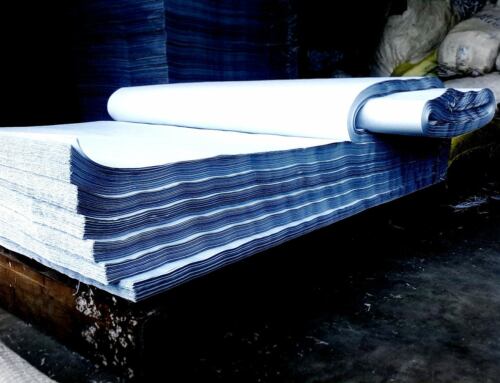There have been several cases of dust explosions in the mining industry worldwide, that have claimed many lives and caused significant injuries and property damage. Dust explosions typically occur in underground mines, mills and storage facilities. In order to minimise risks, it’s crucial to identify the factors and mitigate them.
Many people in the mining industry may underestimate the harm that dust can cause. But if this matter is not assessed properly, the consequences are detrimental.
There are several contributing factors for a dust explosion in mining:
- Highly concentrated airborne combustible dust
- Oxygen
- A source of ignition such as flame or electricity
It can be a hazard due to dust coming from coal, sawdust and powdered metals such as titanium and aluminium, or when a product is broken down into dust particles, as they become more flammable.
But sometimes it is difficult to perceive dust as a real threat. It’s easily recognised as an explosion risk when there is odour of gas or flammable vapours. But when there is a large build up of dust, it may not necessarily make people in the area consider an explosion risk.
Lower grade explosions where there are no major injuries or property damage could create a false sense of security thinking that the issue is manageable. Unfortunately, there is no guarantee that future explosions will be at the same level and won’t escalate. All dust explosions unsettle dust elsewhere, causing rolling explosions that could cause greater damage.
For over a decade, Dirk La’Brooy from Spray Nozzle Engineering, has been advising about risk mitigation and offering dust control solutions to quarries and other industries in Australia. Spray Nozzle Engineering supplies a large number of BETE dust suppression nozzles for coal mines, storage facilities, rubbish dumps, concrete manufacturing and more.
There have been major dust explosions over the years, and Spray Nozzle Engineering has the engineering skills and the experience to advise on nozzles for dust control and solutions that can reduce dust risks.







